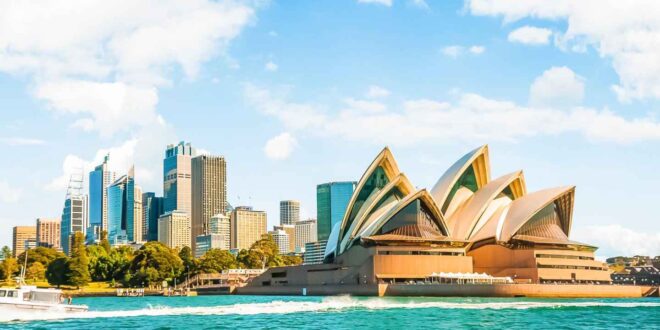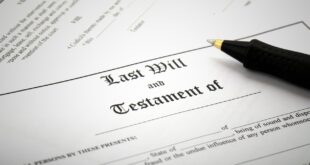Settling down in Sydney, Australia’s largest and arguably most energetic city, is an adventure that promises diversity, vibrancy, and a distinct way of life. Sydney, with its stunning harbour vistas, multicultural tapestry, and inviting climate, continues to be celebrated globally as an incredibly attractive place to live.
It’s a city where man-made wonders like the Sydney Opera House coexist harmoniously with nature’s splendour, a haven for both art enthusiasts and outdoor lovers. The countless opportunities for personal and professional advancement, along with a high standard of living, however, do come with substantial financial implications.
Therefore, unravelling Sydney’s financial complexities is an essential task for those who intend to reside here. The city’s cost of living, influenced by factors including housing, utilities, transport, food, and education, can seem daunting initially. However, this article aims to serve as your compass, guiding you through these expenses, and helping you understand Sydney’s cost of living.
Housing Costs
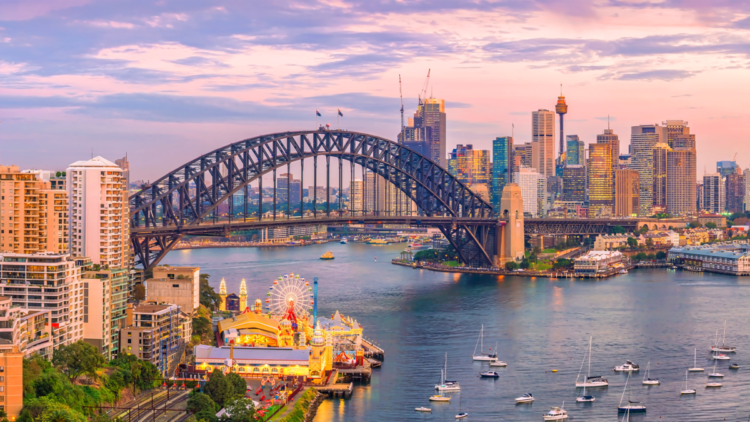
Sydney’s dynamic housing market directly impacts the costs of both renting and buying properties in the city. Recent figures from The Urban Developer indicate that the median house price in Sydney as of 2024 exceeds $1.1 million. This price can inflate dramatically in high-demand suburbs, while more remote suburbs offer less expensive alternatives.
Those looking to rent within the city centre are also faced with steep prices. A single-bedroom apartment can demand a monthly rent of around $2,500, with a three-bedroom property potentially costing over $5,000. The suburbs offer some relief in terms of rental costs, yet these remain significant.
A broader look at housing costs uncovers additional expenses like property taxes, insurance, and regular maintenance costs. Prospective property buyers should also factor in one-time costs such as stamp duty, legal fees, and home inspection expenses. While Sydney’s median house price might seem high, the city’s real estate market caters to various budgets, from premium waterfront properties to more affordable, cosy homes in the suburbs.
Utilities and Electricity Costs

Utility costs, especially the cost of electricity in Sydney, form a significant part of most people’s living expenses. In Sydney, electricity costs vary depending on factors like the provider, rate of consumption, and specific city location. As per Ausgrid, an average Sydney household consumes around 6,570 kWh of electricity annually. With the average price per kWh at 28.75 cents (according to Canstar Blue), this translates into an annual electricity bill of approximately $1,888.
Other utility costs include water, gas, and internet services, with costs differing based on usage, provider, and specific Sydney location. Given the impact of utility prices on monthly expenditures, understanding the factors influencing these costs is key. For instance, the cost of electricity can fluctuate due to seasonal changes and peak usage hours. However, embracing renewable energy sources and energy-efficient appliances can significantly cut electricity costs.
Practising simple habits like turning off lights when not in use, investing in energy-efficient appliances, and maximising natural light and ventilation can reduce utility bills. Similarly, prompt leak repairs and water-saving devices can help minimise water bills.
Transportation Costs
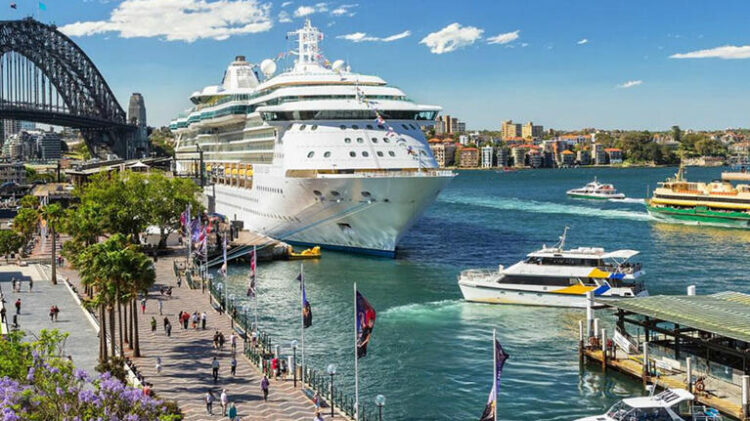
Transportation forms a significant part of the living costs in Sydney, and rightly so, given the city’s well-coordinated public transport infrastructure. This extensive network comprises trains, buses, ferries, and light rail, seamlessly connected by the convenience of the Opal card. This reusable smartcard ticket system makes commuting simple, hassle-free, and budget-friendly for residents and tourists alike.
Typically, a Sydney resident might expect to spend anywhere from $160 to $200 per month on public transportation. This estimate varies, of course, depending on the regularity and extent of travel. Factors like whether you’re commuting during peak hours, travelling across multiple zones, or using multiple transport modes, will impact this cost.
On the flip side of public transportation, many residents prefer the convenience and independence of personal cars. The cost of driving in Sydney, however, isn’t just the car’s price tag. Several additional expenses accompany car ownership. You’ll need to factor in the costs of petrol, which, as of 2024, is around $1.50 per litre on average. Then, there are also recurring expenses such as insurance, regular maintenance, and occasional repairs, which can add up over time.
Food and Entertainment Costs
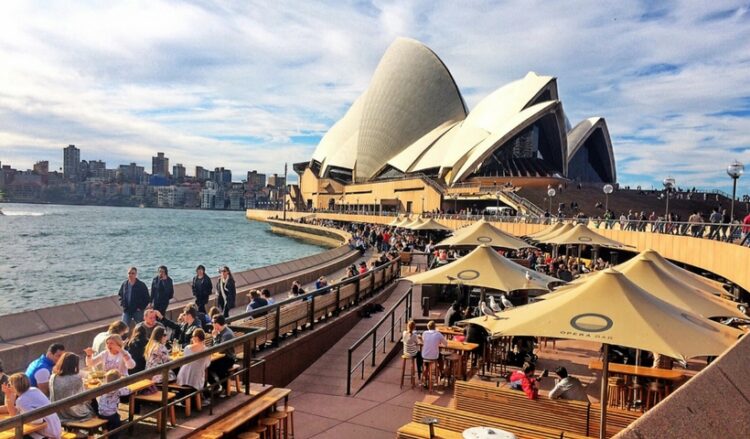
Sydney’s culinary scene is as diverse as it is exciting, catering to all budget ranges. Dining at a budget-friendly restaurant could set you back about $20, whereas a three-course meal at a mid-range establishment averages at $80 for two. Weekly grocery bills fluctuate based on individual preferences, but typically, a couple may spend between $100-$150.
When it comes to leisure, Sydney offers a mix of free and paid entertainment options. From enjoying a peaceful stroll in the Royal Botanic Gardens to experiencing a performance at the Sydney Opera House (with tickets ranging from $50-$250), the city truly has something for everyone.
Education Costs
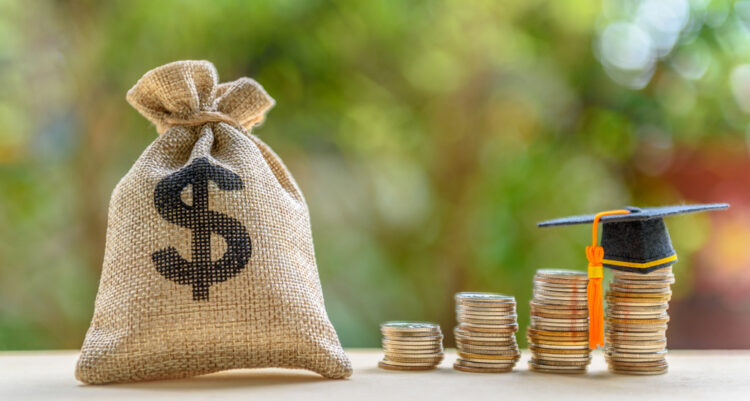
For families with children or individuals intending to pursue further education, the cost of education is a crucial consideration. Public schools in Sydney generally offer free education, but expenses such as uniforms, school supplies, and field trips might arise. Private schooling presents a different scenario, with fees varying significantly. Prestigious institutions could charge more than $20,000 annually.
The costs associated with tertiary education are also worth noting. On average, an undergraduate degree in Sydney might cost between $20,000 and $45,000 annually for domestic students. However, various scholarships and financial aid options exist to ease this financial burden.
The Sydney lifestyle is undoubtedly captivating. It boasts a balance of urban convenience, cultural diversity, and natural allure. Yet, living in Australia’s most populated city comes with significant financial considerations. From housing to education, each cost category demands thoughtful planning and budget management.
While Sydney’s cost of living can be high compared to other cities, it is balanced by superior living standards. Residents have access to top-notch healthcare, quality education, and a wide array of leisure activities. Each aspect of living costs, however, is subject to individual preferences, lifestyle, and the specific Sydney suburb one chooses as home.
This guide provides a detailed view of Sydney’s cost of living, but individual budgets will naturally vary. It is highly recommended to conduct personal research and adapt to personal circumstances and needs. Given the potential fluctuations in certain expenses, such as electricity, it’s wise to stay abreast of changing prices.
 Hi Boox Popular Magazine 2024
Hi Boox Popular Magazine 2024
